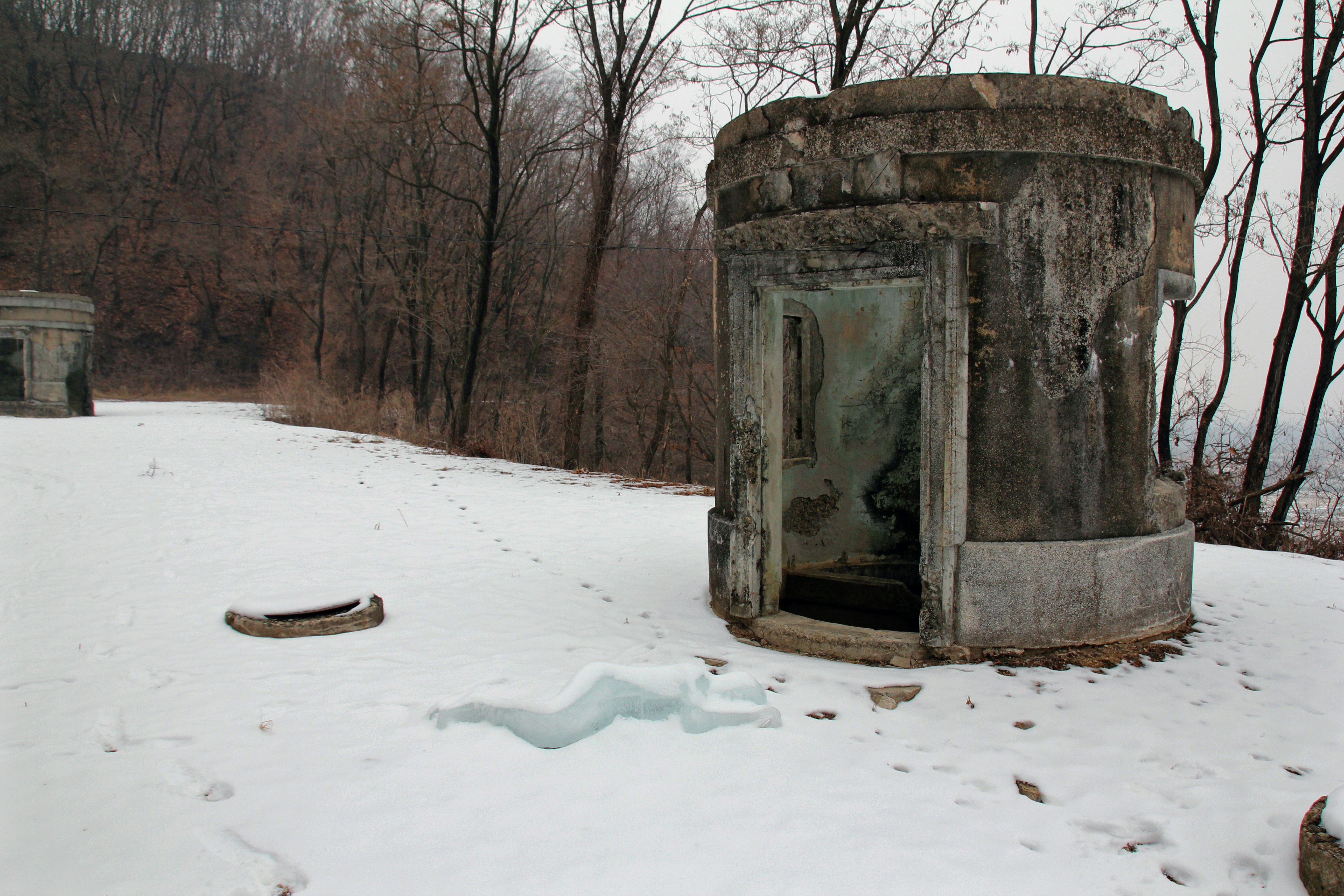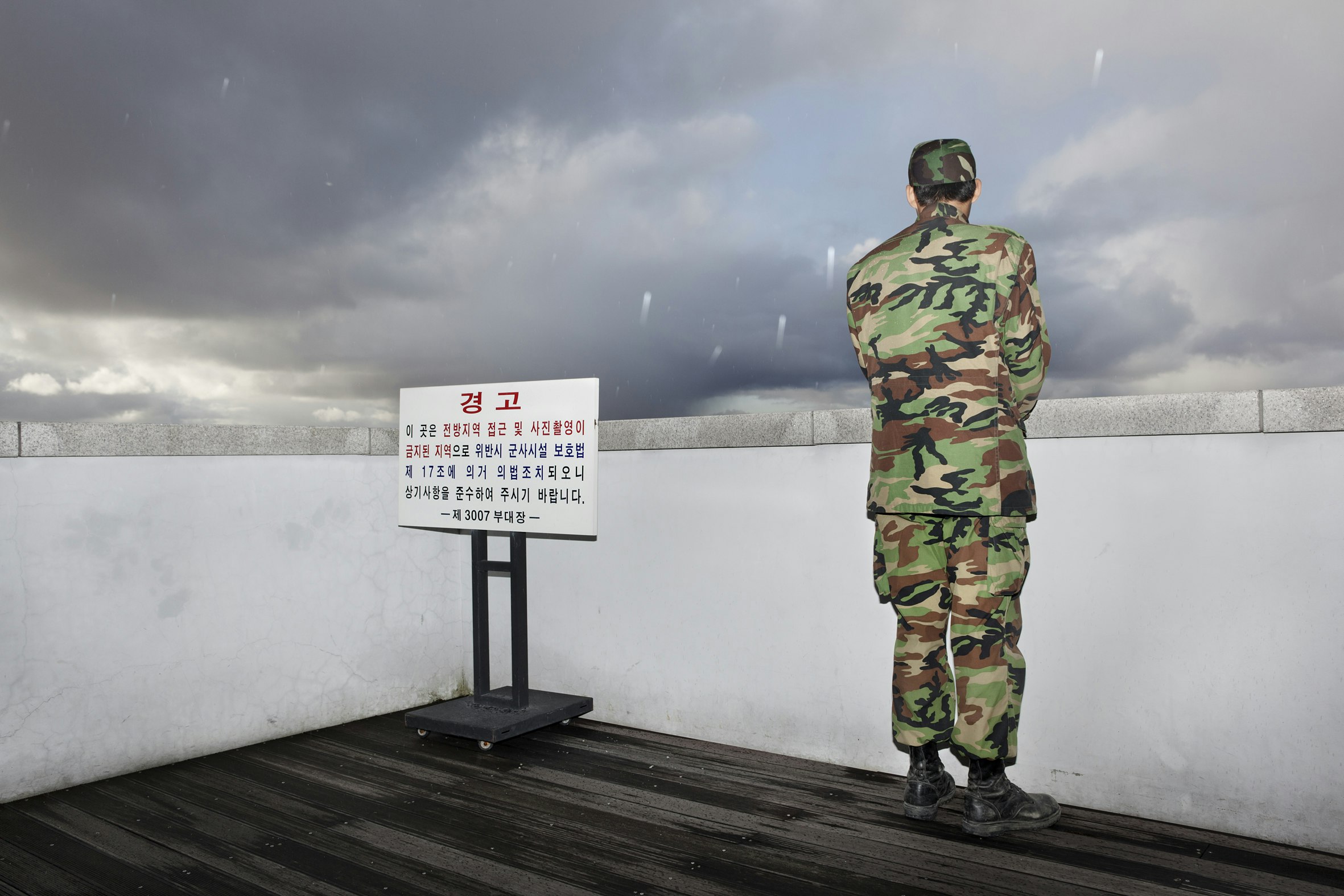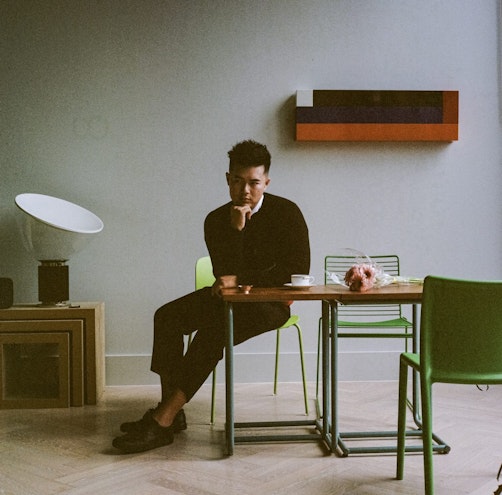Two croissants and an unexpected omelette: breakfast with Sunjung Kim
Micheal Do

Sunjung Kim; image courtesy Gwangju Biennale Foundation.
‘The 1995 Gwangju Biennale was important for a generation of South Korean curators. There were very few senior curators for us to look up to until then...'
It’s an unusually frantic morning in Seoul as I sit down for breakfast with Korean curator Sunjung Kim, who was appointed Director of the Gwangju Biennale Foundation in July. The cause of the mad rush is that we’re day two into the splashy sixteenth iteration of the Korean International Art Fair— where parties are aplenty, champagne flows, and the international art crowd (present company included) are in town. Breakfast is served at the Intercontinental Hotel’s Brasserie where well-heeled clientele meet to break bread in hushed surroundings punctuated by polite muzak and the clink of porcelain. It also happens to be next to the fair, pragmatic for Kim as she is due to speak there in a few hours.
In what is a lovely homecoming, Kim begins by telling me about her formative encounters with the inaugural Gwangju Biennale. ‘The 1995 Gwangju Biennale was important for a generation of South Korean curators. There were very few senior curators for us to look up to until then … It allowed us to meet artists and curators from different parts of the world. I learned so much from Wan-Kyung Sung’ [one of the co-curators responsible for the North American art presentation]. She breaks off her account as we order breakfast. Having eaten earlier that morning, Kim orders a cup of black coffee and two plain miniature croissants. Making the most of the occasion, and knowing that with a day of meetings that I may not eat properly again until dinner, I opt for the breakfast spread. ‘He was known for not using any assistants,’ she laughs. ‘Any time he wanted to meet me, he would hand write a note and fax it over. Very different to now!’
One of the first events of its kind in Asia, the inaugural biennale attracted 1.6 million visitors in its first year, one of the highest attendance figures for any global biennale in the 1990s. The event’s success belies the fact that contemporary Korean art as a visible activity and field of study for global audiences had a very late start. Prior to the 1980s there was little devoted to developing contemporary Korean artists and visual culture within Korea. Compounding this was the lack of scholars who spoke and wrote fluent English at this time that could globally export contemporary Korean art and culture. Twenty-two years later, Sunjung Kim inherits what is considered one of the most important Asian biennales. ‘It’s a very easy place to live,’ she tells me. ‘The food is good, the people are very nice and it has a wonderful local arts community.’ Kim commutes between Gwangju, the sixth largest city in Korea where she spends her working week, and Seoul.
Gwangju is the home of South Korean democracy, a history honoured by the establishment of the Gwangju Biennale. During the 1980 Gwangju Uprising, two thousand people were injured protesting against the imprisonment of democratic political leader Kim Dae-jung by the dictator Chun Doo-hwan. It is estimated 600 people were killed during the 10 days of protest. The pro-democracy movement paved the way for subsequent protests, eventually ushering in democratic elections and the abolishment of martial law. This history serves as the grounding for an artistic director who is invited every two years to conceive the exhibition program. Kim, however, remains tight-lipped on her future plans for the biennale. Instead, she offers praise of QAGOMA’s Asia-Pacific Triennial’s public programs and engagement, and the Biennale of Sydney’s use of Cockatoo Island. ‘I like their sense of discovery,’ she asserts.
As we unfurl our napkins, Kim shares her own critiques of the biennale model, specifically the amnesia of many biennales and the lack of lasting projects and programs that sustain long-term impacts at the host site. Having co-curated the Gwangju Biennale in 2012 for the foundation she now leads, Kim endorses the value of biennales having ‘more to do with local environments, learning processes through art and greater communication with artists.’ Indeed, Kim’s recent appointment comes as no surprise. Widely admired as a curator of the highest calibre, she is a powerhouse who regularly features on the top 100 lists that aim to track global shifts in the international art world. The core of Kim’s work has been showcased at the Artsonje Centre in Seoul, a private museum known for its contemporary visual art exhibitions with serious critical edge.

Minouk Lim, Monument 300 – Chasing Watermarks (2014-2015), performance, site of the Waterworks Center in Cheorwon-gun, Gangwon-do; courtesy the artist and ArtSonje, Seoul.
Earlier that morning, the world nervously watched Donald Trump and Kim Jong-un trade threats of annihilation in their on-going tête-à-tête. Apropos, I ask Kim about the REAL DMZ project she founded during her time at ArtSonje. Initiated in 2012, the annual project takes place in the surrounding towns near the Demilitarised Military Border that separates the Korean peninsula. Over five iterations, Kim has since enlisted more than 100 artists and scholars who have undertaken residencies at the DMZ, using the geography and its loaded history as a departure point for artistic response. ‘The project began with artists who had an interest in working here. It began as a small project, which eventually grew. I thought it was important to have a model which was sustainable and able to be long term.’ South Korean artist Minouk Lim’s project Monument 300 – Chasing Watermarks, as one example, forms part of the REAL DMZ projects. Her photograph of the Waterworks Centre eulogises 300 people who were executed for pro-Japanese sympathies and anti-communist views at the site in Cheorwon, Gangwon-du. The image, printed in large-scale across Artsonje’s six story façade, served as a brave reminder of dark strands of Korean history often silenced in the country’s mainstream media.
Mid-conversation, our breakfast appears and I’ve been designated an omelette instead of the scrambled eggs I ordered. Figuring the language barrier may be too difficult to revisit, I cut into it. Kim continues her rumination on REAL DMZ, revealing an important viewpoint on the question of its audiences. ‘There’s little mainstream interest and knowledge about border workings in Korea. This is why the artists and I thought that it’s an important project—to stimulate more interest and conversation about the subject.’ During each DMZ iteration, scholars and exhibition artists are organised in a monthly roundtable talk to ensure exchange and academic enquiry into the subject of the Demilitarised Military Border and its workings. Site visits are mandatory ‘There’s now great community ownership of the artist projects. They even help with the maintenance of the projects.’

Noh Suntag, To Survive vs. Once Arrived (2011-2015), archival pigment print, 65 x 90 cm each, 5 pieces; courtesy the artist and ArtSonje, Seoul.
Quickly, our conversation moves closer to home. Earlier this year, South Korea’s then president Park Geun-hye was impeached over corruption charges. During her term, she and an unofficial aide sought bribes from large conglomerates during the term of her presidency. The charge exposed a slew of corrupt tactics used by the president, including the use of state blacklists to penalise artists and censor content. Kim admits to being affected. ‘It was very difficult between the period of 2005 and 2006 until 2011. I didn’t receive any funding.’ She adds warmly, ‘But I kept sending proposals anyway!’
The plates now cleared, the waitress pours us more black coffee, providing a moment of pause. ‘My whole career has been about experimenting. Before 2004, I had a strong focus on artists’ practice. From 2005, I focused more on devising thematic exhibitions. Each year I would explore a new theme and focus: nationalism, art and society, reactions against commercialism and notions of the public.’ It would be this oscillation between these global ideas and happenings that would build Kim’s oeuvre and reputation as a curator committed to directing artist engaged projects into social engaged issues.
I ask about failures and she gives a knowing laugh. ‘There have been a few.’ Kim mentions an incident with acclaimed Korean artist, Lee Bul in 1997 at the Museum of Modern Art, New York. During Lee’s presentation, MoMA famously de-installed the artist’s installation of rotting fish sealed in mylar bags. Despite installing a built for purpose refrigerator, the smell was considered a health hazard and the work was subsequently de-installed three days before the exhibition opening. Whilst the anecdote is unrelated to Kim’s own curatorial practice, it nonetheless made for an interesting lesson in Korean art history.
On the way out of the Brasserie, we exchange pleasantries about the fair; she gives me pointers and recommendations on who and what I should see during my time here. Despite knowing better (curators rarely want to go on record about this), I ask Kim what her favourite projects or artists to work with have been. With a knowing smile, she hands me her card which feels almost talismanic.
‘You’ll just have to visit again next year.’ And with that she leaves for her next engagement.
Brasserie, The Intercontinental Hotel COEX
524, Bongeunsa-ro, Gangnam-gu, Seoul, Korea
Croissants 9,917 KRW
Coffee x2 7,438 KRW
Intercontinental Breakfast
(omelette, toast, fruit bowl and orange juice) 33,058 KRW
Total 50, 413 KRW
About the contributor
Micheal Do is a curator, programmer and writer working across Australia, New Zealand and Asia. His curatorial focus lies in developing thematic and immersive exhibitions that extrapolate research and artistic practices into contemporary contexts.
